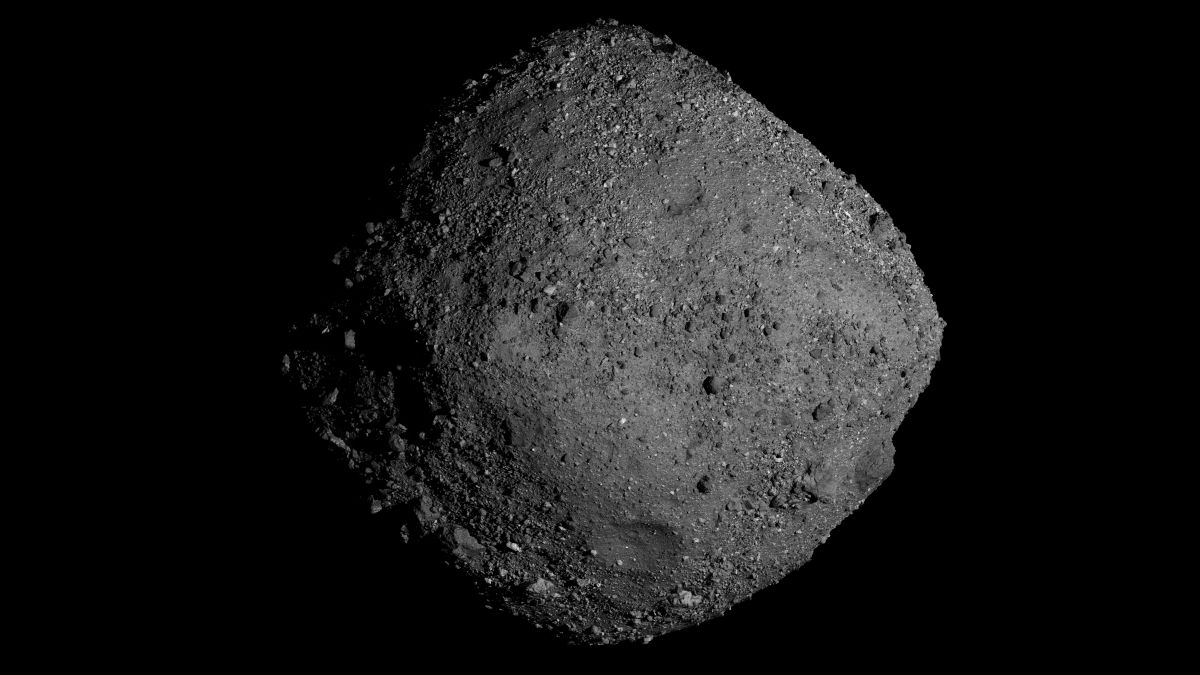- Riyadh quietly mediates talks between Pakistan, Afghanistan: sources Dawn
- Taliban Delegation Visits Saudi Arabia for Talks with Pakistani Officials خبرگزاری اطلس
- Fresh talks between Pak, Afghan fail without breakthrough: Media…
Author: admin
-
Riyadh quietly mediates talks between Pakistan, Afghanistan: sources – Dawn
-

IOF launches new “Gold” World Ranking Event status to elevate elite orienteering
The International Orienteering Federation (IOF) has unveiled a new premium label for World Ranking Events, introducing the Gold World Ranking Event (Gold WRE) status from 2026 and onwards as a major step toward…
Continue Reading
-
Naas Named Senior Vice President and Brussels Office Director
The German Marshall Fund of the United States (GMF) is pleased to announce that Penelope (Penny) Naas will serve as its senior vice president for innovation and competitiveness and Brussels office director starting January 1, 2026.
In this role, Naas will oversee GMF’s operations in Brussels and lead the organization’s policy work on technology, innovation, and competitiveness. She will work closely with Lindsay Gorman, Managing Director of GMF’s Technology Program, to advance transatlantic cooperation on emerging technologies, strengthen industrial and supply chain resilience, and shape innovation-friendly regulatory and investment environments across the Atlantic. Naas will also deepen GMF’s engagement with EU institutions and NATO, expand GMF’s convening power, and reinforce partnerships with policymakers and business leaders in Brussels.
“Penny’s appointment marks an exciting new chapter for GMF. Her deep expertise in transatlantic affairs, proven leadership in global environments, and ability to build strong networks will be invaluable as GMF strengthens its presence in Brussels and advances its mission to foster competitiveness across the Atlantic,” said GMF President Dr. Alexandra de Hoop Scheffer.
With a distinguished career spanning government, Fortune 50 companies, and board roles, Naas brings exceptional leadership and strategic vision to GMF’s transatlantic mission. Her appointment underscores GMF’s commitment to strengthening the organization’s policy work on trade and competitiveness in the United States and Europe. Naas has unique expertise in the nexus of geopolitics, trade, and technology, and will help build an agile, high-performing program that fosters international collaboration and policy impact.
Before joining GMF, Naas spearheaded strategic initiatives in senior leadership roles at UPS and Citigroup in Washington, DC and Brussels, and at the US Department of Commerce during two presidential administrations. She serves on multiple boards, previously co-chaired the World Economic Forum’s Global Future Council on Trade and Investment, and has championed networks for the next generation of global leaders.
Naas will relocate to Brussels in summer 2026.
Continue Reading
-

Stopping GLP-1 drugs before pregnancy leads to more weight gain
New research shows that women who halt GLP-1 medications near conception face greater gestational weight gain and elevated risks for preterm birth and pregnancy-related complications, raising urgent questions about how best to…
Continue Reading
-

Kimi Antonelli laments late mistake in losing place to Lando Norris as he assesses ‘pretty frustrating’ Qatar GP
Kimi Antonelli was left regretting an error late in the Qatar Grand Prix that allowed Lando Norris to pass him for fourth place, with the Mercedes youngster conceding that it “definitely was a mistake”.
Coming off the back of a run of two…
Continue Reading
-

Ventana Sur Rio de la Plata 2025: Buzz Titles, Microdramas, Genre
BUENOS AIRES, Argentina — Back to Buenos Aires after a 2024 edition in Uruguay, Ventana Sur Rio de la Plata 2025 looks set to command the biggest industry attendance of any film-TV market in Latin America, with accreditations standing at a…
Continue Reading
-
Kyocera hits 5.2Gbps under water optical wireless transmission
Kyocera has demonstrated underwater wireless optical communication (UWOC) technology capable of transmitting data at 5.2Gbps over short ranges. This marks what the company claims to be among the fastest fibreless UWOC speeds…
Continue Reading
-

Red Bull ‘sincerely regret’ abuse faced by Kimi Antonelli after ‘clearly incorrect’ comments
Red Bull have said they “sincerely regret” the online abuse directed towards Kimi Antonelli following “clearly incorrect” comments suggesting the Mercedes rookie allowed title contender Lando Norris past in the Qatar Grand Prix.
With Max…
Continue Reading
-

The Hundred: Heather Knight named women’s general manager of London Spirit
Former England captain Heather Knight has been appointed as general manager of London Spirit’s women’s team after opting out of playing in the 2026 edition of The Hundred.
The newly created role will see Knight work alongside director of cricket…
Continue Reading
-

Molecule Vital to Happiness Found in Material From Asteroid Bennu : ScienceAlert
A critical nutrient used to produce the neurotransmitter serotonin may have turned up in samples collected from asteroid Bennu by NASA’s OSIRIS-REx mission.
Tryptophan is one of the nine essential amino acids that the human body cannot make…
Continue Reading